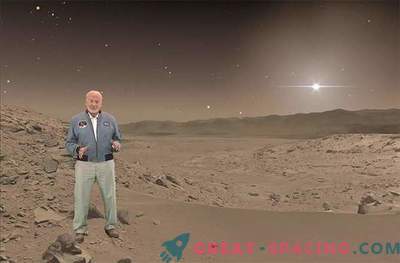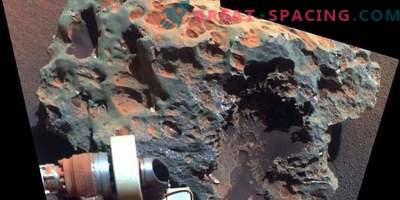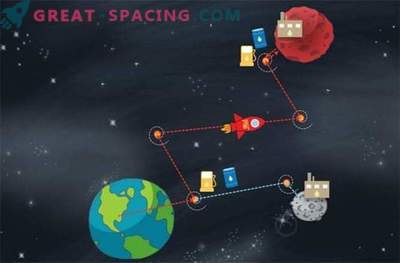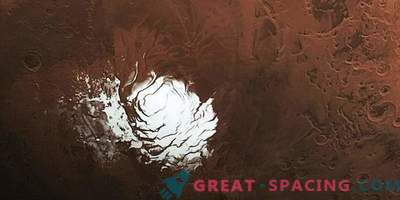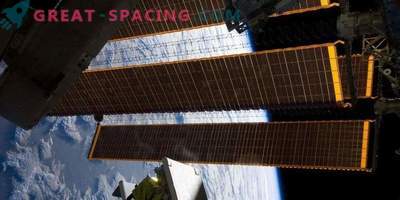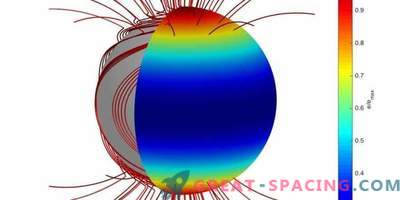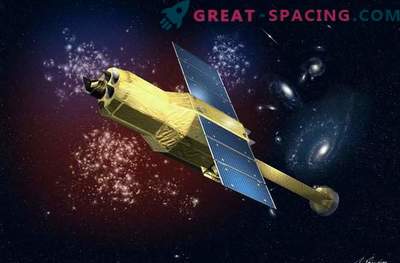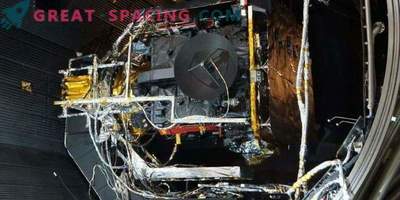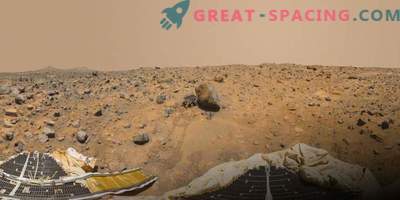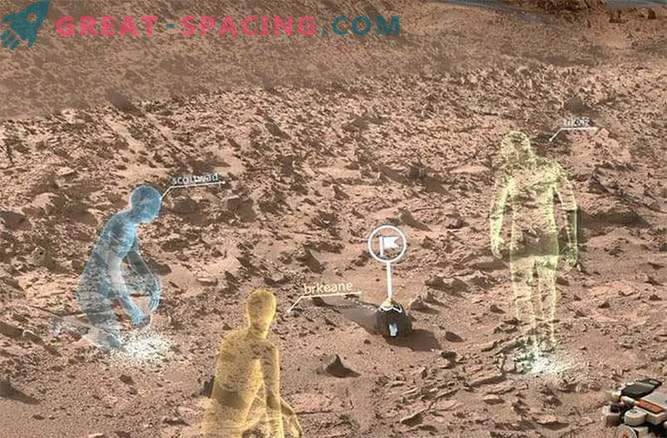
Imagine yourself sitting at a table, you put on a headset for virtual reality, move to Mars, walk on its surface, study rocks and make new discoveries, and all this without getting up from an office chair. It sounds like science fiction, but with a fruitful partnership between NASA and Microsoft, the first people to visit Mars may not need to leave Earth.
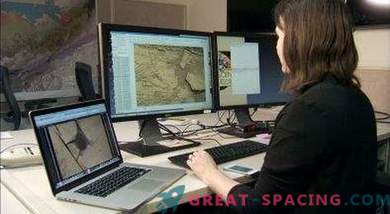
Microsoft employee working on OnSight project
Although the all-consuming experience may be delayed for some time, the Onsite project is under development under the guidance of scientists from the NASA jet propulsion laboratory in Pasadena, California, it allows scientists to conduct scientific research on the surface of Mars using the NASA Curiosity shuttle.
“Onsite” gives our wandering scientists the opportunity to “walk” and explore Mars without leaving the office, ”said Dave Lavery, head of the Mars mission study program at NASA headquarters in Washington. “It radically changes both our perception of Mars itself and its environment.”
Currently, mission scientists use images taken with Curiosity to get an idea of the environment surrounding it. However, our brain is better adapted to study objects in 3-D format than ordinary photography. So, transferring realistic data from the surface of Mars in the format of 3-D visualization of the surrounding landscape, one can hope for more productive scientific research on Earth. “We believe that Onsite will provide new opportunities for exploring Mars, which we will share with the world,” said Jeff Norris, project manager for the Onsite project.

The first tests have already begun
Combining their efforts with Microsoft, NASA expects to use HoloLens devices, which will provide in the field of view the images obtained with the help of Curiosity. The technology will provide an opportunity to create a holographic image of the environment, creating a sense of reality. Plunging into such a holographic world, researchers can study things of interest to them from different angles, improving ways to study data from Mars.
“Previously, our researchers were limited to only plane images of Mars on a computer. This tool will allow us to explore the surface of Mars just as geologists do their research on the surface of the Earth, ”said Norris. “In 2009, I thought about what a“ manned ”exploration of the solar system in virtual reality would give us. If there is enough data, and visual technologies will be necessary complexity, we may be on the verge of becoming acquainted with high-tech virtual Mars ”
News: transition of virtual reality to a new dimension.
This project will make a person a guide in the study of Mars, it’s not worth thinking that this is a game of imagination, but in the near future, the study of Mars will be all-consuming. The question arises: if the exploration of other worlds is possible without leaving the office, why send people to Mars (and beyond)? Imagine the first footprints on Mars left by NASA researchers, but Mars will be modeled and the researchers will not leave their office jobs. Can there be data collected using computer simulation so accurate that it would not be necessary for the researcher to physically be on Mars?
“Personally, I would like to see a man on Mars, and astronauts - interplanetary racers, it is impossible with the help of virtual reality to replace direct human experience. It makes sense to think that without virtual research, the study of Mars by man will be relegated to exactly as much as it will be studied in virtual reality, therefore there is a scientific sense in sending robots to Mars and making discoveries on Earth, ”Norris said.

